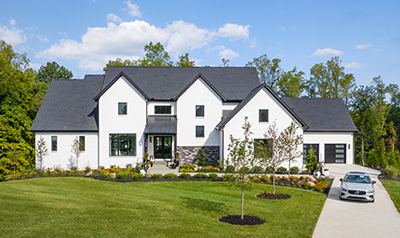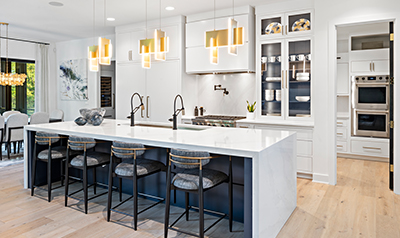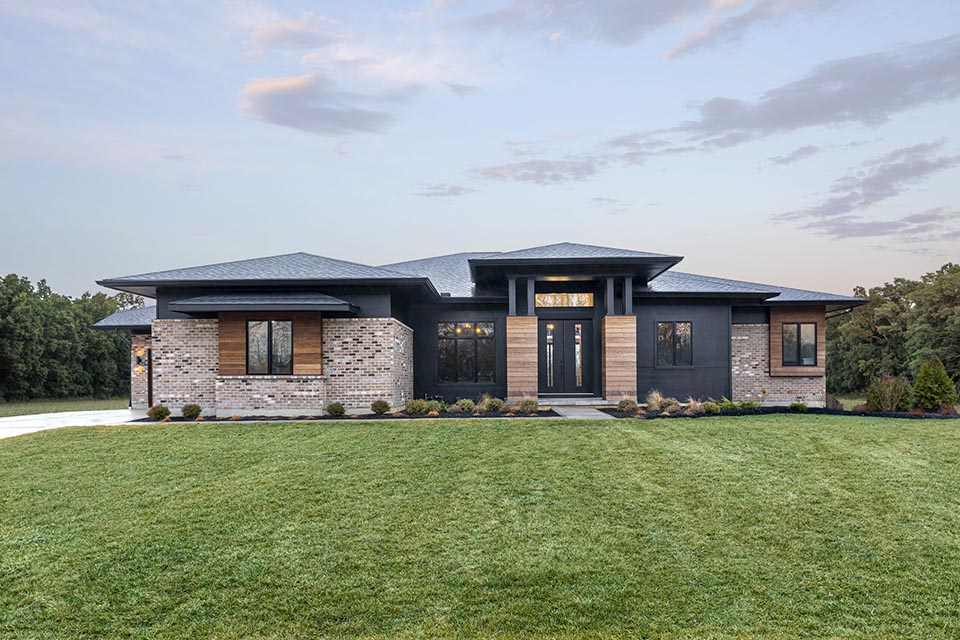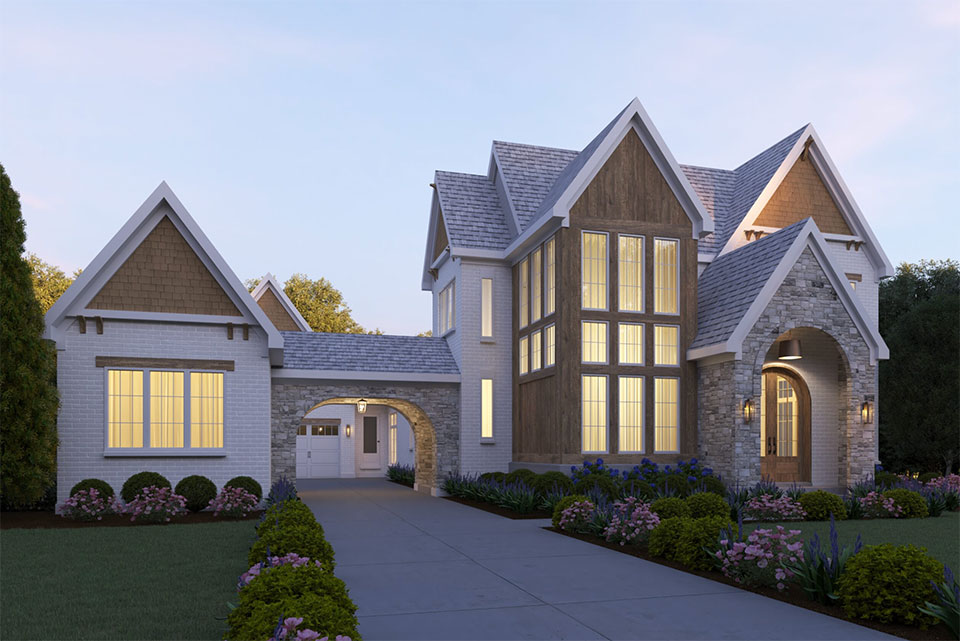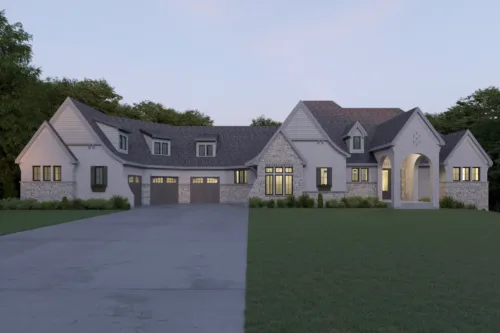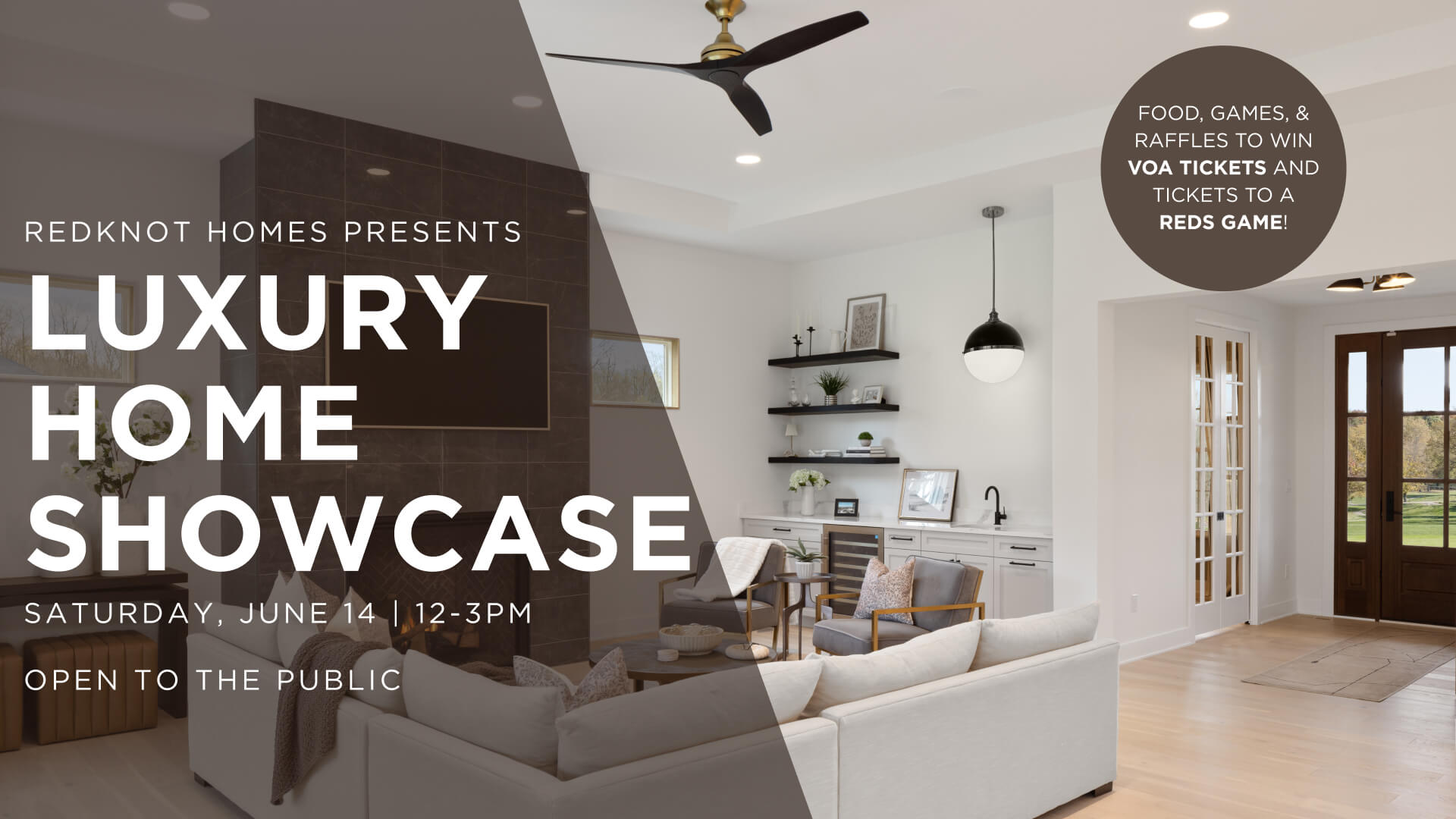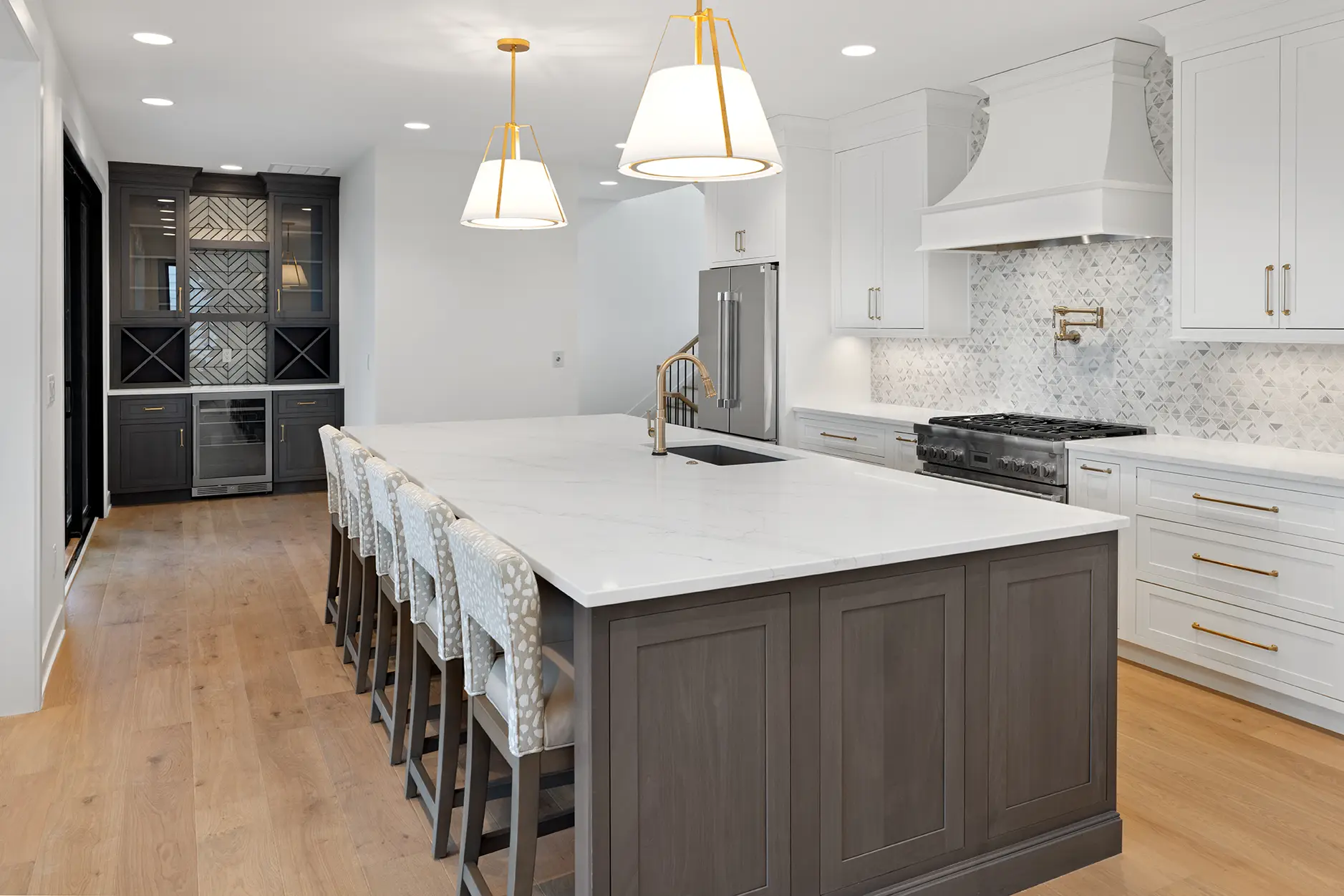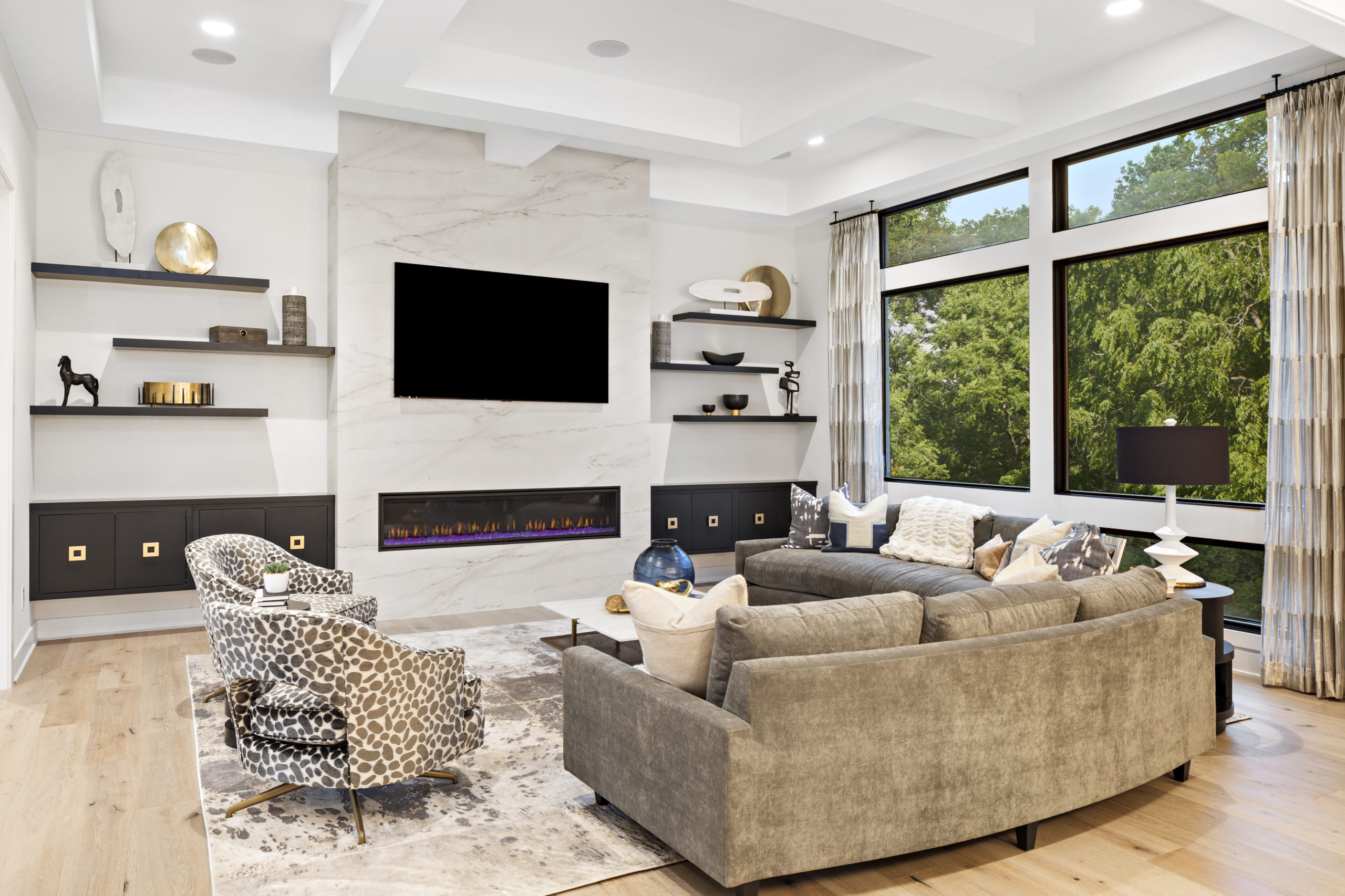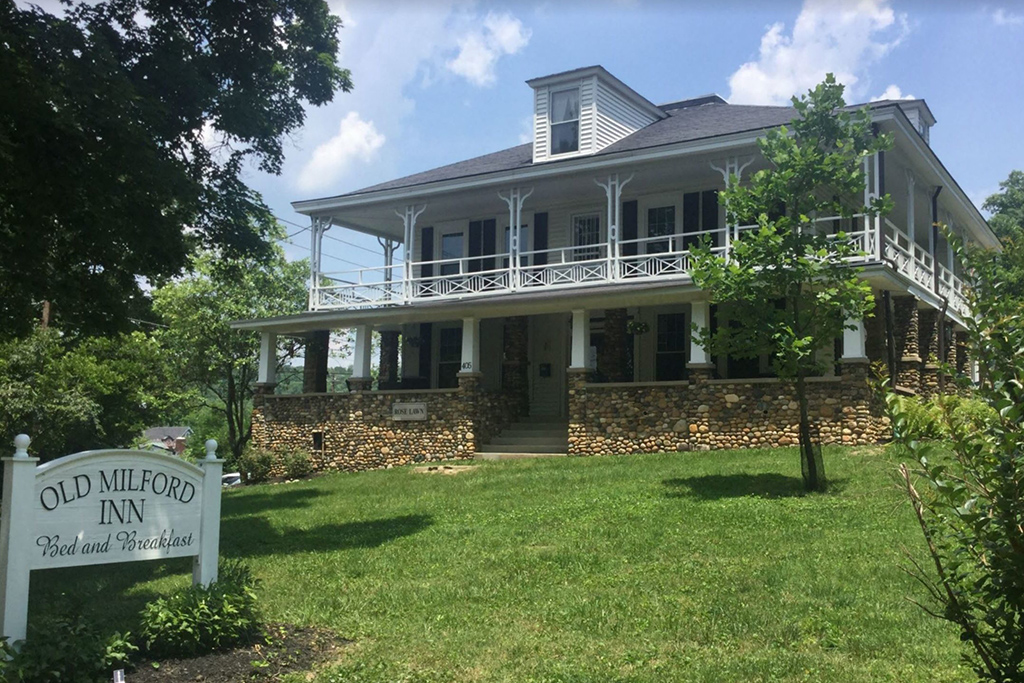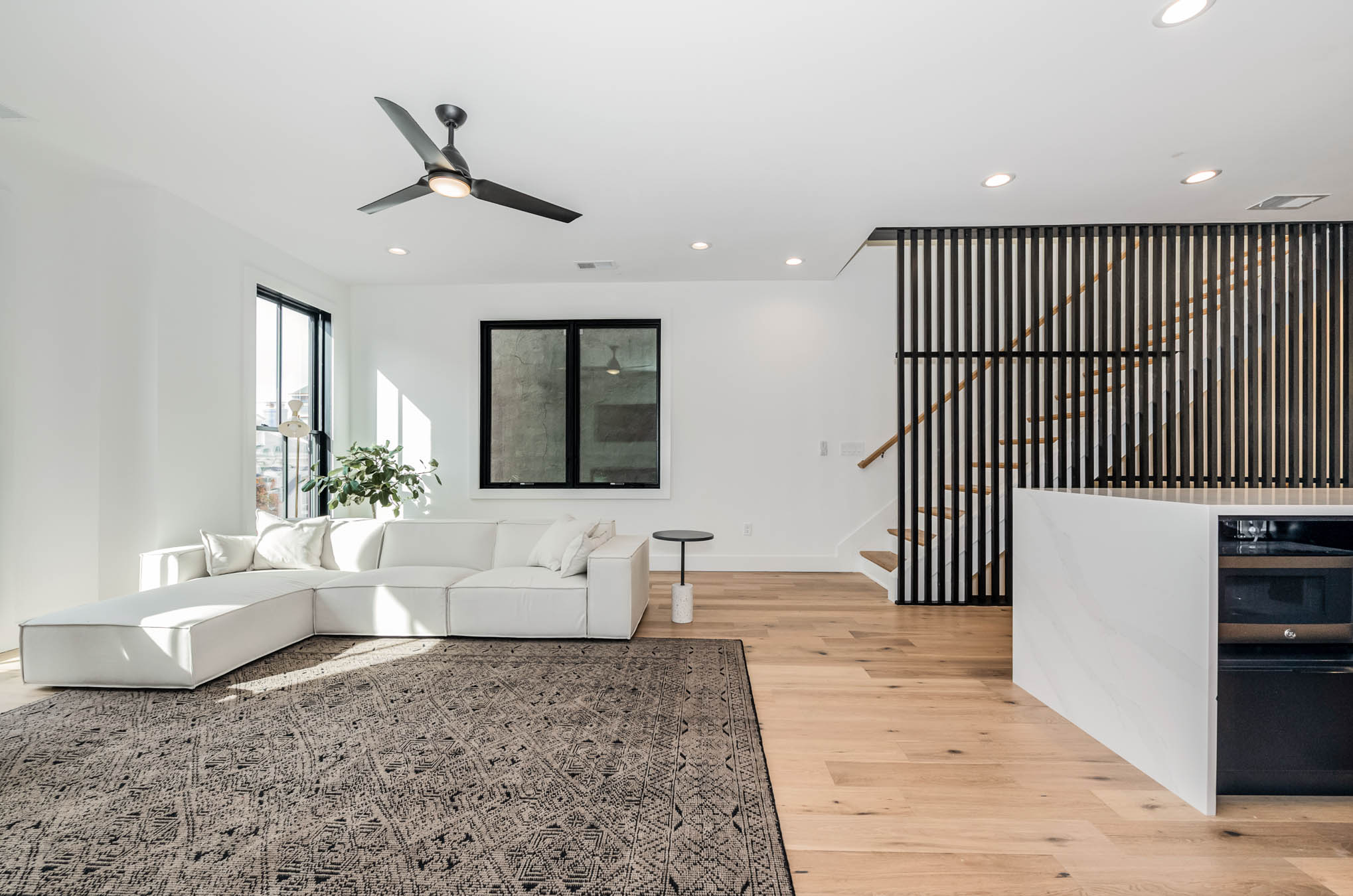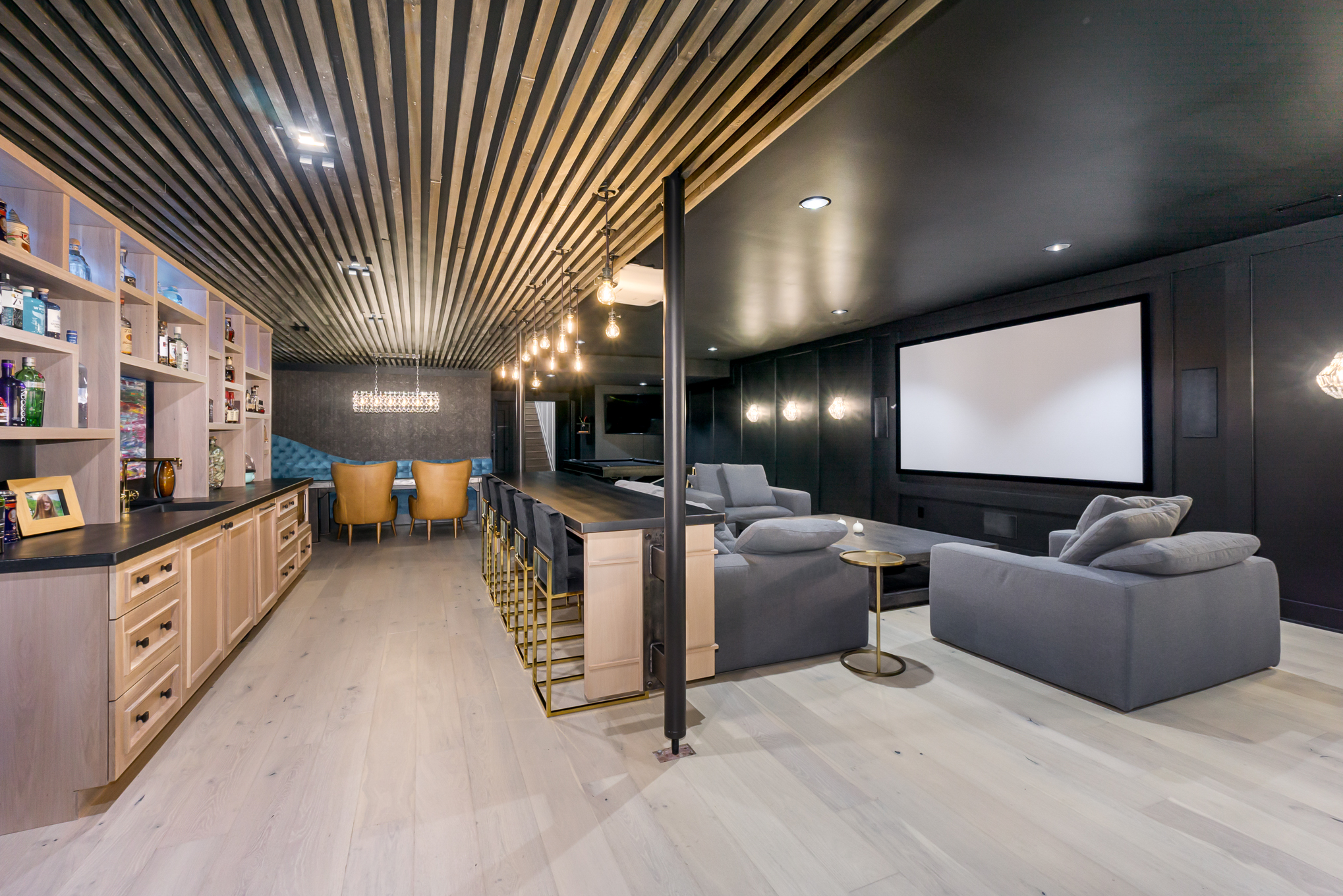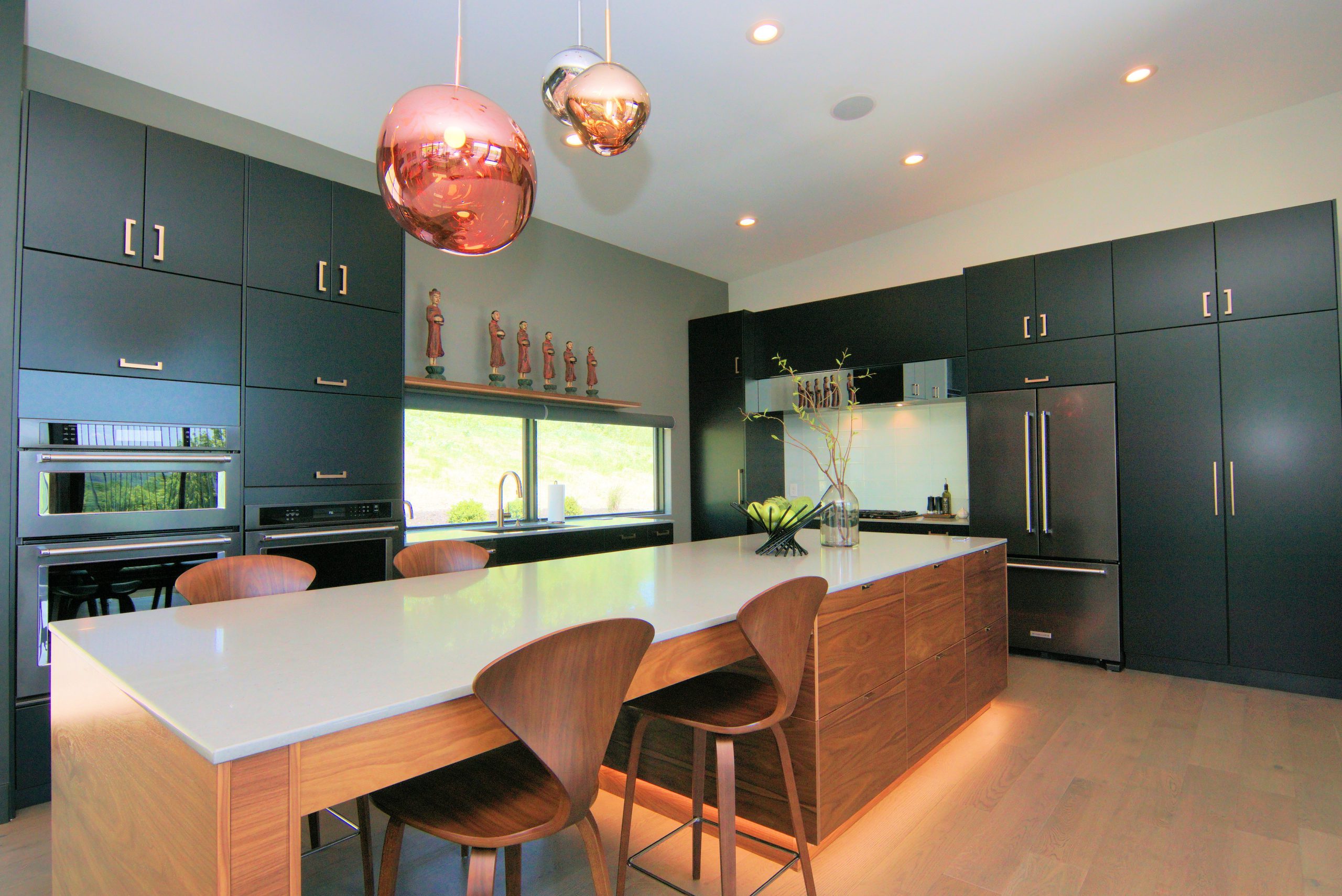
Here at Redknot Homes, we take our love of crafting beautiful homes and combine it with environmental initiatives. As a result, we deliver the best home possible for you and your family. To do this, we specialize in building LEED-certified homes that contribute many benefits to the homeowner, community, and ecosystem. Learn more about what being LEED-certified means below.
What is LEED Certification?
LEED stands for Leadership in Energy and Environmental Design. To enumerate, it is a certification process set up by the U.S. Green Building Council (USGBC) to officially certify energy-efficient homes. LEED for Homes is an initiative designed to encourage home builders and buyers toward more sustainable practices. Ultimately, it is a collaborative effort that actively works with all home building industry sectors to target new homes with the best environmental features.
What is a LEED-Certified Home?
This is a home that has scored enough “points” on USGBC’s LEED inspection checklist to earn a LEED certification. These homes save owners money on utility costs because of their advanced energy efficiency. Projects can earn one of four LEED rating levels: LEED, LEED Silver, LEED Gold, LEED Platinum. Different levels of certification make sense for different projects based on the homeowner’s preferences, cost, and location of the home.
Tax Abatements in Cincinnati for LEED-Certified Homes
In addition to savings on utilities, LEED-certified homes also qualify for a significant tax abatement in the city limits of Cincinnati, Ohio. Homeowners can save thousands of dollars in property tax each year by building a LEED home in the city. The below chart represents the various LEED levels and their corresponding maximum tax abatement amounts and durations. LEED is changing the way we think about how buildings and communities are designed, constructed, maintained, and operated. Essentially, the goal of the abatement program is to get new, responsible construction and residents to move into the city.
New Construction Chart Post January 1st, 2022
| LEED Level Qualification | Cap | Term (Years) |
| Non-LEED Certified | $200,000 | 10 |
| LEED Certified | $200,000 | 12 |
| LEED Silver | $400,000 | 15 |
| LEED Gold LBC Net Zero | $500,000 | 15 |
| LEED Platinum / LBC Full Cert | $650,000 | 15 |
| Bonus Criteria (Can be added to any tier) | Additional Cap Increase | |
| Visitability | $100,000 | |
Read more about the City of Cincinnati’s tax abatement overview
A LEED-Certified Home Builder
Specifically, there are several categories your building project can earn points in to place you at a certain LEED level. As a top builder of LEED-certified homes in Cincinnati, we consider LEED features during our design-build process. Designing a home with the mindset of LEED certification is crucial to the home being built on time and within budget. Consequently, when a home comes from an outside architect without considering LEED requirements, it can result in many necessary changes to the home design later. As a result, these changes delay progress on the home and require more work, which costs more money. For this reason, we recommend the Design-Build method for a custom home rather than the Design-Bid-Build method. Check out our blog post on these two methods to learn more about the advantages of the Design-Build method.
Location & Transportation
When selecting a location for a project, we consider the property’s vicinity to the rest of the community and focus on compact development. As a result, proximity to public transportation, restaurants, and parks are all considered. Specifically, our Redknot developments in the city are in walkable communities close to shopping, entertainment, and dining. This provides a more convenient lifestyle for the homeowner and reduces automotive emissions released into the environment. Additionally, walking and biking to get where you need to go is better for your health too!
Sustainable Sites
The Sustainable Sites category rewards decisions about the building’s environment that consider the relationships among facilities and ecosystem services. Specifically, when evaluating the land for construction, we consider environmental aspects such as the landscape and how it affects the home’s design. There is a reason that Cincinnati is nicknamed the City of 7 Hills, as it is home to many hillside neighborhoods. Land in these hillside neighborhoods requires different structural engineering than homes built on flat lots. As experts in hillside building, we have experience with the additional zoning requirements to avoid drainage issues, flooding, and erosion. Additionally, we consider structural needs like retaining walls to help the surrounding environment remain stable. Consequently, without a proper foundation and structural engineering in place, a home on the hillside will most likely have structural issues down the road.
Water Efficiency
The Water Efficiency category addresses water holistically, looking at indoor and outdoor use, specialized uses, and metering. Specifically, this section prioritizes an “efficiency first” approach to water conservation. There are a variety of ways to reduce the amount of water used in your project. For instance, we upgrade toilets and other appliances to water-efficient systems that save money and protect the environment. Additionally, some homeowners have unique water filtration systems that utilize the collection of rainwater for use. Ultimately, there are several creative water solutions to consider in a LEED-certified home.
Energy & Atmosphere
The Energy and Atmosphere category addresses energy use reduction, efficient design strategies, and renewable sources. To score in this category, we can include features such as solar panels and energy-efficient appliances. Also, having an energy-efficient HVAC system makes a big difference in energy use as well. Furthermore, features such as light fixtures, dishwashers, clothes washers, dryers, etc. can all add up to big energy and cost savings over time. Design strategies that utilize natural light can also reduce the need for lighting during the day. Essentially, there are almost endless ways in which a home design can prioritize energy efficiency.
Materials & Resources
The Materials and Resources LEED category focuses on minimizing the energy cost and other impacts associated with construction. For example, the methods of extracting, processing, transporting, maintaining, and disposing of building materials are in this category. Additionally, to benefit the environment, we use non-toxic paints and re-use foundation structure materials when possible such as cement, glass, wood, and steel when building. Not only does this help the environment, but it cuts down on building costs as well. Ultimately, this category comes down to whether or not the materials used for the home are responsibly sourced or not.
Indoor Environmental Quality
The Indoor Environmental Quality category focuses on indoor air quality and thermal, visual, and acoustic comfort. Specifically, air quality, lighting quality, acoustic design, and control influence the way people learn, work, and live. Our semi-custom and custom homes earn points through natural lighting, advanced air filtration, and consistent temperature controls. Finally, for people with severe allergies or sensitive respiratory conditions, an advanced air filtration system can have a huge impact on their health.
Innovative Design
Points for innovative, green design requires more creativity, but we are up to the challenge. Strategies that create open space and natural flow are essential in this category. As a result, we incorporate these features into our home plans as often as possible. Also, utilizing natural light in a home is a good example of considering the innovative design to reduce energy usage.
Build A LEED Home
Finally, if you are passionate about the environment and saving money on your home, then a LEED home is for you! In addition to savings on utility costs, LEED homes save owners money via Cincinnati’s tax abatement program. However, LEED homes that are not within city limits to receive a tax abatement can be more expensive to build depending on desired features and size. The larger a home is, the more difficult/expensive it becomes to achieve LEED certification. Additionally, a large estate home in the suburbs would not qualify for tax abatement and may not financially make sense for a homeowner.
Redknot’s Experience
In conclusion, Redknot Homes is well-known in the city for creating one-of-a-kind custom homes. Despite the fact that we have expanded to build sprawling estates in the suburbs, LEED-certified homes in the city are still our bread and butter. We have extensive experience building LEED-certified homes and assisting homeowners in obtaining the highest and most reasonable abatement benefits possible. Our clients who save significantly on taxes are able to spend more money on building the home of their dreams. In short, are you to start exploring the possibility of building a custom or semi-custom home? Schedule a free consultation with us today.
If you want to learn more about our origin story, founder, and the team of experts, check out our About Us page. Additionally, you can check out some of the recent homes we have built by visiting our gallery.


